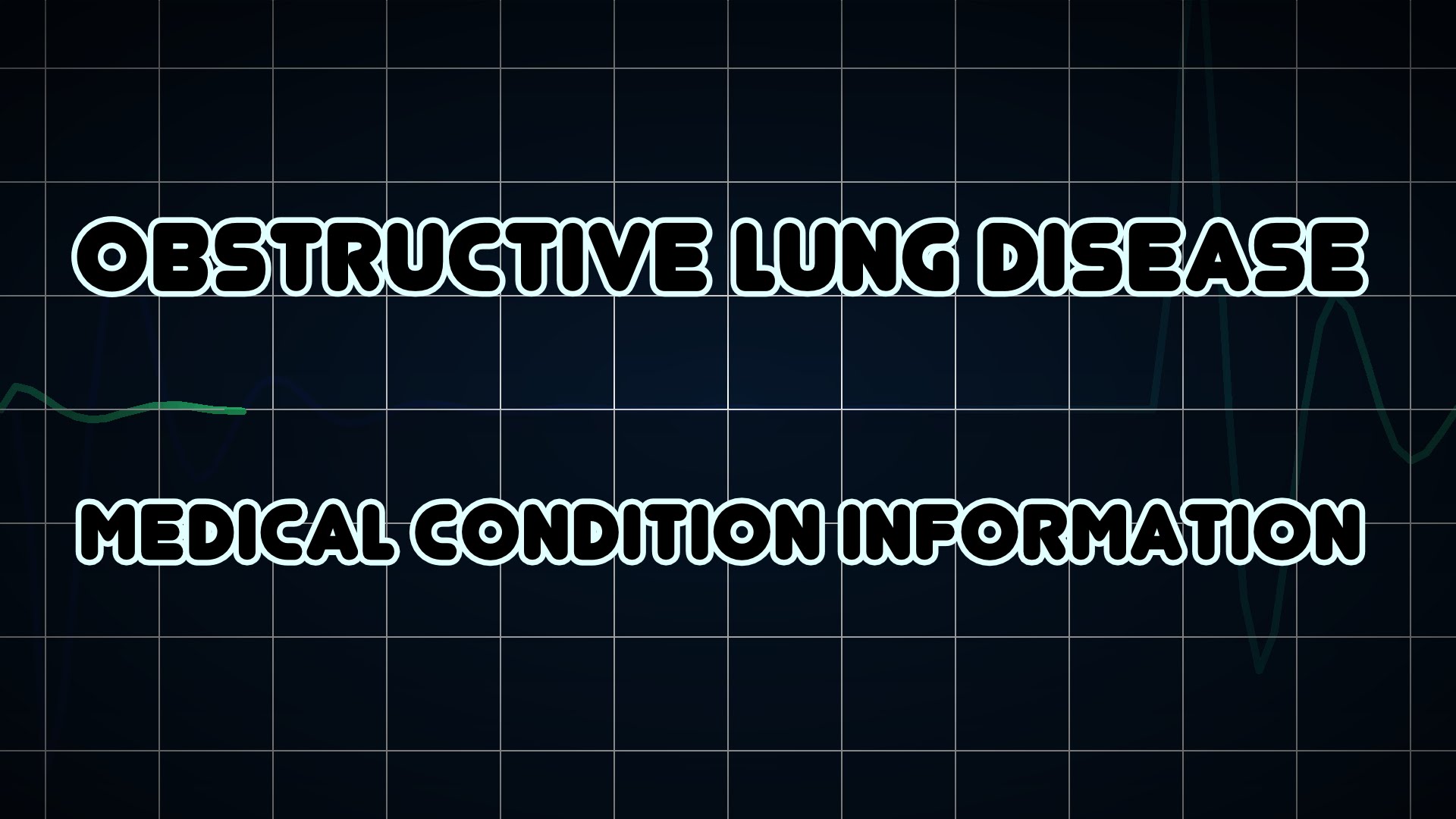Despite there being excellent medications for COPD patients, such as bronchodilators which are continually improving in both potency and in delivery there is still a huge proportion of the COPD patient population who continue to experience deterioration in their symptoms and poor quality of life. There are however many non-pharmalogical treatments that can provide huge relief for many patients. They may work alongside your pharmalogical treatment or you may decide that they are better used instead of, but always consult with your doctor.

Smoking cessation is the most important of these. It has been shown and still being proved in continuous research how cigarette smoke harms not just your lungs but also the rest of your body. It the primary cause of COPD and the chemicals have been shown to affect your cells right down to its DNA and causes abnormalities, inflammation and permanent damage which greatly worsens your symptoms and respiratory ability. There are lots of different ways you can be aided in stopping, with patches, gum and electronic cigarettes. Its always best to support your method with counselling or support groups.
Telemedicine allows patients with COPD to connect electronically with a specialized care consultant. Telemedicine can be used to collect information from the patient and track his or her progress on a daily basis, if necessary. It has been used to alert the medical team to the early onset of acute exacerbation of COPD thereby avoiding emergency department visits and hospital admissions. However, more evidence is needed as some studies state that “telemonitoring for COPD is not yet proven and further work is required.” There are many devices already out in the market which are easy to use and allows the user to feel more in control and to monitor their respiratory vitals on a daily basis and adjust their regime quickly when alerted to avoid unnecessary attacks and deterioration.
Pulmonary rehabilitation is important in order to sustain your mobility and quality of life. It aims to counteract the loss of skeletal muscle that is common in COPD and to improve exercise tolerance. There are a variety of methods including exercise training, nutritional supplementation, and psychosocial support. Although it is not yet proven to have direct links to increased survival or lung function, there have been improvements in health-related quality of life, dyspnea, and exercise tolerance. There has also been a tendency for any accumulated improvements to deteriorate with time unless the methods are continued.
Long-term oxygen therapy is also an option for some patients with COPD. Short-term use of oxygen during exercise or strenuous activities in patients with any degree of hypoxemia has long been known to improve dyspnea and increase exercise tolerance, although is not proven to extend survival. For patients who are chronically hypoxemic long-term oxygen therapy where the patient uses it constantly through the day, not only improves exercise performance and quality of life but also improves survival rates. There are many different devices depending upon your lifestyle and requirements and can be obtained via the NHS or from private companies. They are much more compact, lightweight, discrete and portable than ever and still allows the patient to move around easily both in their home and outdoors so as to allow the patient to have a significantly increased quality of life and eliviate respiratory symptoms.
Noninvasive positive pressure ventilation (NIV) has been effective when treating COPD patients that suffer from acute exacerbations. Gas exchange and respiratory abilityes are improved, resulting in decreases in intubation rates, shortening hospitalizations, and improving mortality. However, its long-term role in managing COPD has not been demonstrated and its unclear as to whether nocturnal NIV will signoificantly improve lung function, gas exchange, or sleep efficiency.
Patients with severe emphysema typically have bullae. These are growing air spaces that occupy space within the thorax but do not provide much gas exchange. They are more likely to impair the function of less diseased lungs by occupying dead space within the thorax and contributing to air trapping and ventilation/perfusion problems. The aim of surgical lung volume reduction is to remove nonfunctional lung and thus improve lung physiology and symptoms. A large study showed that this treatment is only truely beneficial to patients with predominantly upper lobe disease and low prior exercise tolerance. Other subjects tended to have higher mortality. The procedure is rarely performed today, but there are attempts to achieve a similar outcome, by less invasive methods. These employ the placement of one-way valves in the lung airways that allow gas to leave bullae but not return. The valves are placed bronchoscopically into the lungs. In general, some improvement in lung function, less dyspnea, and improvements in exercise capacity have been obtained, but there has usually been an increase in adverse effects, including acute exacerbations of COPD and pneumothorax, sometimes requiring removal of the valve(s). Lung coils are another method proven to be very succesful. Doctors insert special flexible scopes through the patient’s mouth to place metal coils into the damaged tissue of the patient’s lung. The coils return elasticity to the diseased tissue, allowing the lungs to work in a more normal way. Other experimental lung procedures with the same aim have attempted to collapse the most emphysematous lung regions by closing the airways to those regions by other means, but development of these methods is incomplete.
Lung transplantation has been an option for patients with severe COPD since 2000, with 50% survival being in the region of 5 years and steadily improving. It should be considered only in patients with end-stage COPD, only when all other therapies have been tried and failed to provide relief. Primary graft failure, chronic rejection, and infection are common problems, however, there can be successes where lung function and quality of life can markedly improve, and outcomes are improving with time.
References: www.medscape.com




